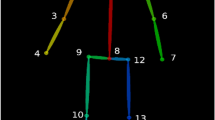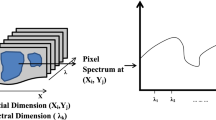Abstract.
We present a system for classifying the color aspect of textured surfaces having a nearly constant hue (such as wooden boards, textiles, wallpaper, etc.). The system is designed to compensate for small fluctuations (over time) of the light source and for inhomogeneous illumination conditions (shading correction). This is an important feature because even in industrial environments where the lighting conditions are controlled, a constant and homogeneous illumination cannot be guaranteed. Together with an appropriate camera calibration (which includes a periodic update), our approach offers a robust system which is able to “distinguish” (i.e., classify correctly) between surface classes which exhibit visually barely perceptible color variations. In particular, our approach is based on relative (not absolute) color measurements. In this paper, we outline the classification algorithm while focusing in detail on the camera calibration and a method for compensating for fluctuations of the light source.
Similar content being viewed by others
Author information
Authors and Affiliations
Additional information
Received: 1 September 1998 / Accepted: 16 March 2000
Rights and permissions
About this article
Cite this article
Daul, C., Rösch, R. & Claus, B. Building a color classification system for textured and hue homogeneous surfaces: system calibration and algorithm. Machine Vision and Applications 12, 137–148 (2000). https://doi.org/10.1007/s001380050132
Issue Date:
DOI: https://doi.org/10.1007/s001380050132




